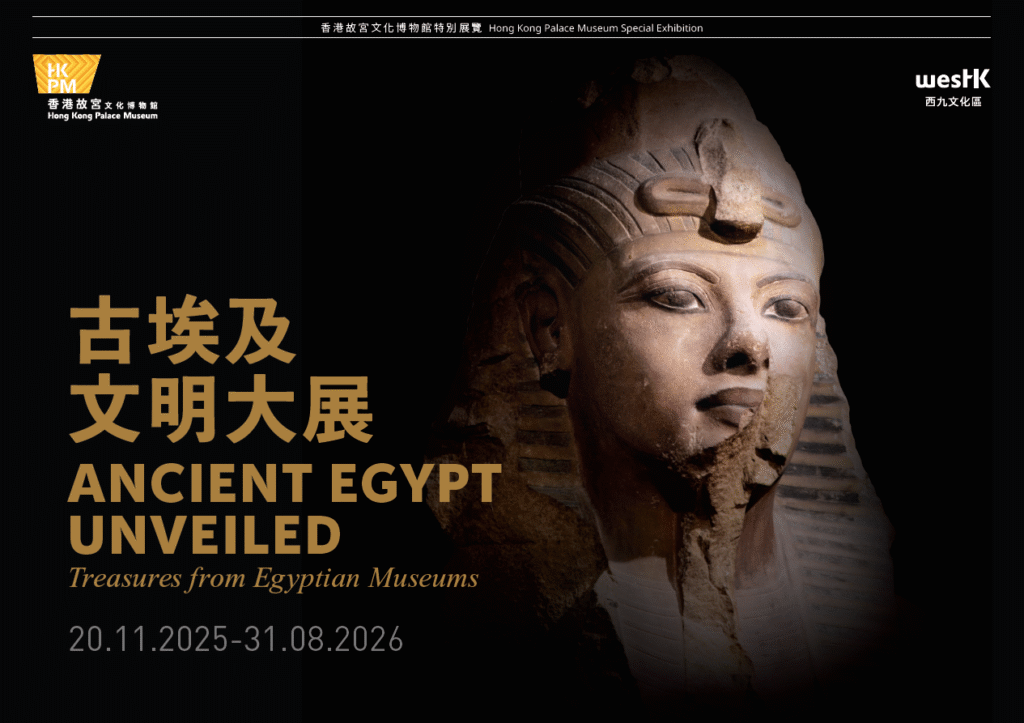
Wonders of Imperial Carpets: Masterpieces from the Museum of Islamic Art, Doha
18 June - 6 October
$150EVENT DESCRIPTION
The Hong Kong Palace Museum (HKPM) is pleased to present the first major exhibition in Hong Kong focused on the artistic achievements of Safavid Iran, Mughal India, and Ottoman Türkiye, and cultural connections between Islamic and Chinese civilisations. Titled Wonders of Imperial Carpets: Masterpieces from the Museum of Islamic Art, Doha, this exhibition will be on view from 18 June through 6 October 2025. Co-organised by the HKPM and the Museum of Islamic Art (MIA) in Doha, Qatar, a part of Qatar Museums, the special exhibition presents approximately 100 exquisite works, including carpets, ceramics, metalwork, manuscripts, and jades. The exhibits are primarily from the MIA collection, complemented by precious objects from the Palace Museum and the HKPM. Together, they illuminate the artistic exchanges between the Safavid dynasty (1501–1736), Mughal dynasty (1526–1857), and Ottoman dynasty (1299–1923), as well as the dynamic interactions between Islamic and Chinese civilisations, fostered by trade, migration, and diplomacy.
Wonders of Imperial Carpets is one of the key collaborative achievements following the signing of a memorandum of understanding between the HKPM and Qatar Museums during the first-ever Hong Kong International Cultural Summit organised by the West Kowloon Cultural District Authority last year. This exhibition is also a legacy project of the Years of Culture initiative, a year-long programme of collaborations between Qatar and partner countries that seeks to nurture mutual respect and understanding by building long-term cultural, social, and economic ties.
A memorable journey to explore marvellous treasures of Islamic art
The term “Islamic art” refers to all art—religious or secular—created in Muslim communities. Apart from architecture, carpets are the largest and most iconic forms of Islamic art. Wonders of Imperial Carpets presents a pioneering collaboration between the MIA, a major museum in the Middle East and the HKPM, a cultural landmark in Hong Kong. This exhibition features some of the most precious artefacts, many of which are being displayed outside the MIA for the first time. These treasures will be brought to the HKPM from the MIA’s world-renowned permanent collection, offering visitors an unparalleled chance to explore the mesmerising world of Islamic art.
Imperial carpets were crafted by skilled artisans, backed by significant funding from the courts. These carpets were made from the finest materials, including silk, pashmina wool, and gold and silver threads, dyed with ingredients sourced from various regions around the world. The largest imperial carpet featured in this exhibition required a team of up to 10 highly skilled craftsmen working together for several years to complete. Wonders of Imperial Carpets features some of the finest carpets in the world, produced in Safavid Iran, Mughal India, Ottoman Türkiye, and China between the sixteenth and eighteenth centuries.
Shah Sulayman “hunting” carpet was a diplomatic gift from the Safavids to Francesco Morosini (1619–1694), one of the greatest sea captains of his time and a leader of the Republic of Venice in the late seventeenth century. This magnificent 450-year-old medallion carpet is adorned with cloud-band motifs and mythical creatures inspired by Chinese art.
Kevorkian Hyderabad carpet is one of the longest Islamic carpets in a museum collection, measuring at almost sixteen metres. Grand durbar (audience chamber) carpets were used at the Mughal court for ceremonial events. At the HKPM, this carpet will be shown in full, offering visitors a once-in-a-lifetime opportunity to experience its imperial grandeur.
Çintamani prayer rug is decorated with an auspicious motif of three circles, known as çintamani (wish-fulfilling jewel) in Sanskrit. Associated with good luck and power, the motif was very popular at the Ottoman court. Depicted at the centre of the rug is a prayer niche; at the bottom is an abstract representation of the Prophet’s sandals.
Carpet with flowers is a carpet made in Xinjiang region during the Qianlong period (1736–1795). Carpets with this type of floral pattern were used in the imperial palace. In the exhibition, displayed next to this imperial carpet from the Palace Museum will be a sumptuous piece of Safavid silk fabric with golden brocade which features a similar design.
Discover relationships between imperial carpets and other iconic works of Islamic art, and cultural exchanges between the Islamic world and China
Presented in four sections, Wonders of Imperial Carpets presents artistic treasures from the Safavid, Mughal, and Ottoman dynasties and traces cultural exchanges between the Islamic world and China since the tenth century. In addition to imperial carpets, other representative forms of Islamic art, from bookbinding, miniature painting, ceramics, and metalwork to jades, will be on display to illuminate the interrelationship among the various art forms, as well as artistic exchanges between the Islamic world and China. Rare treasures that have never been seen in Hong Kong before underpin this fascinating story of intricately connected people, places, and cultures.
